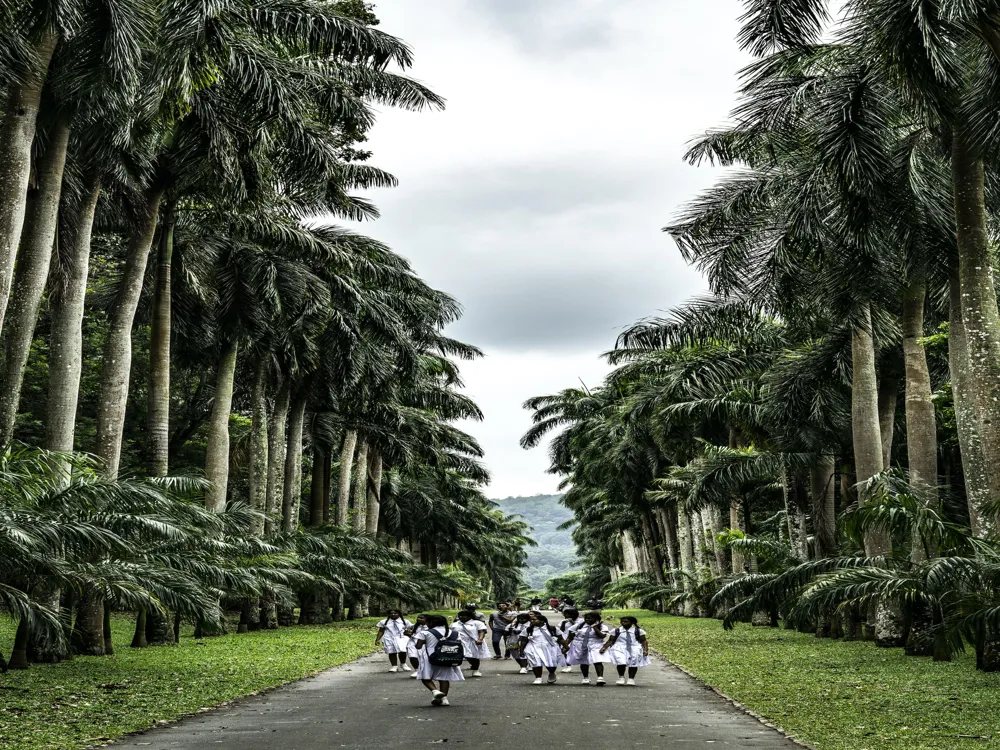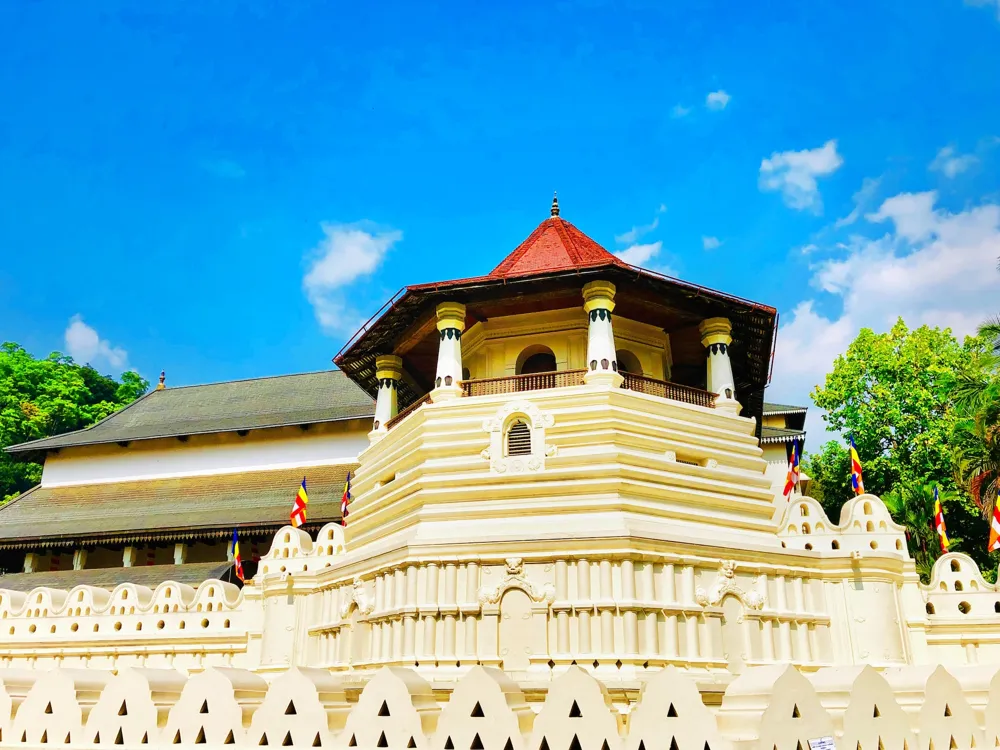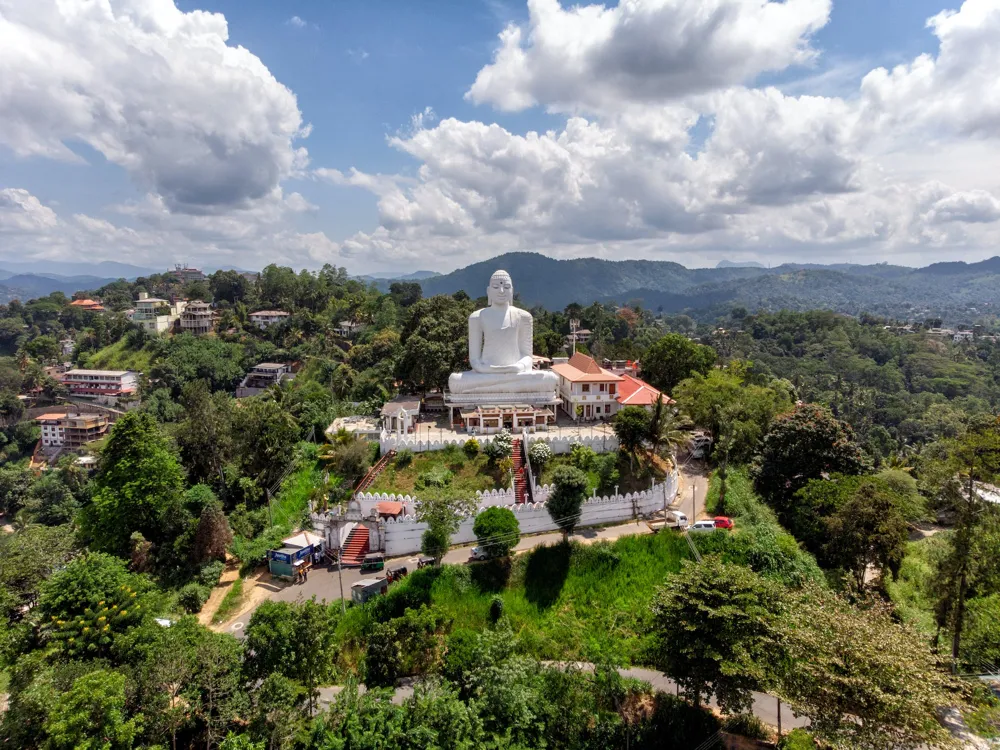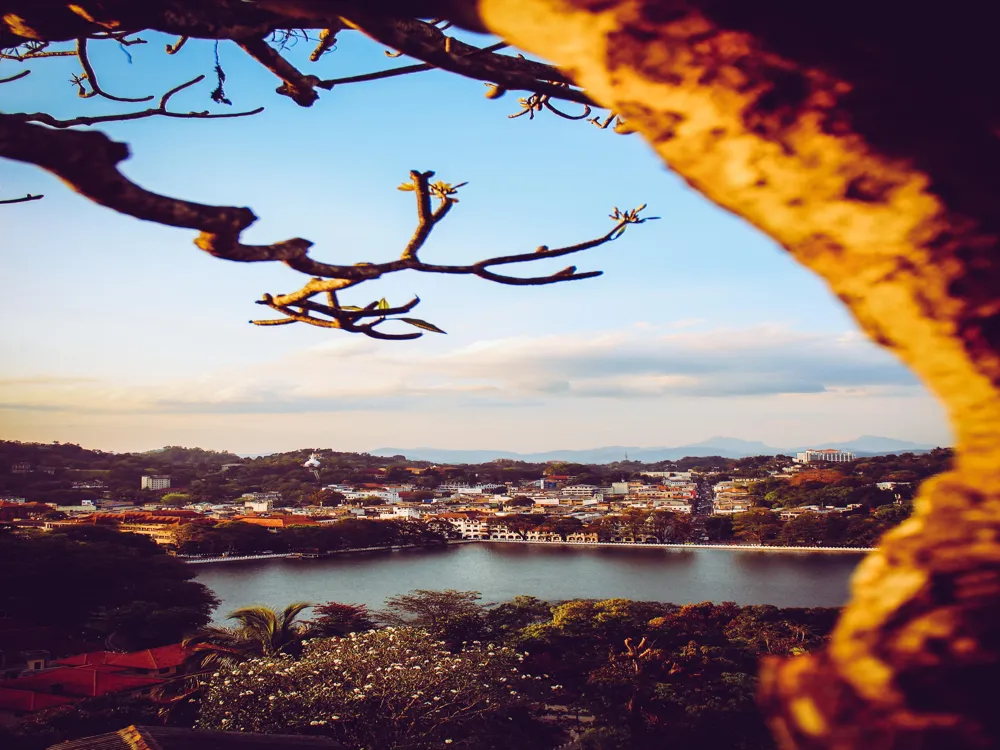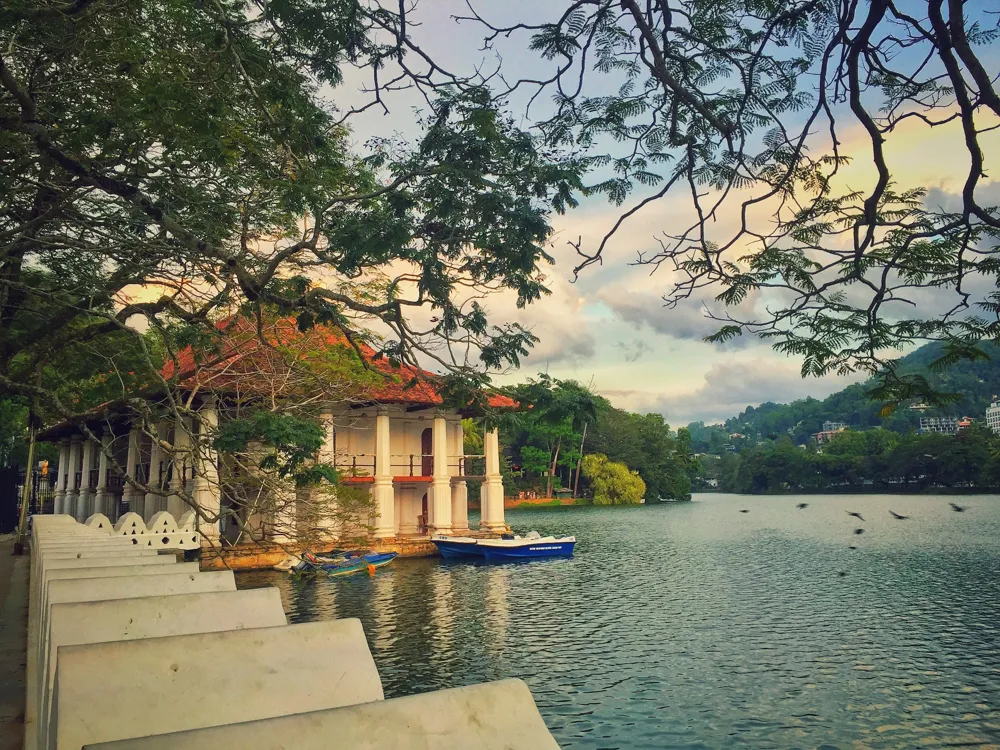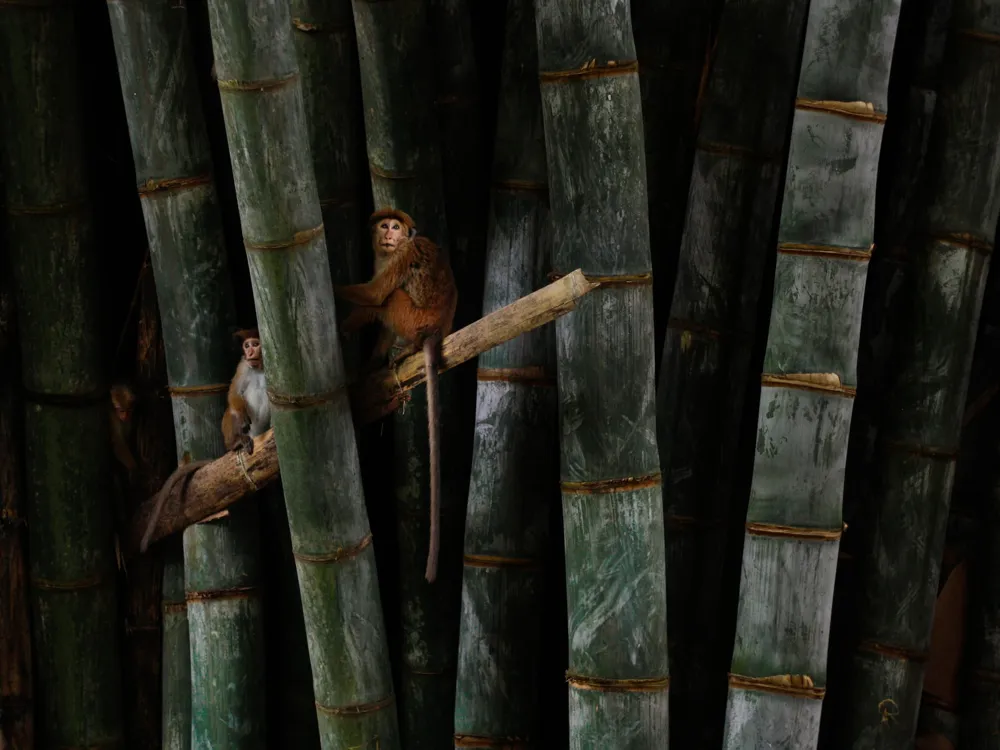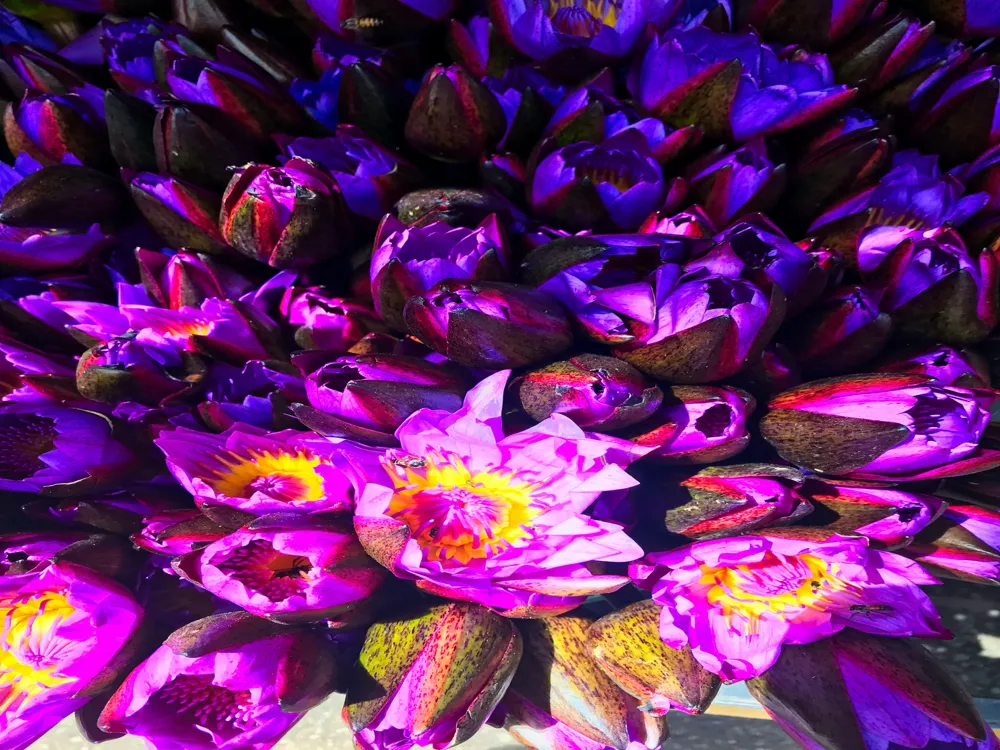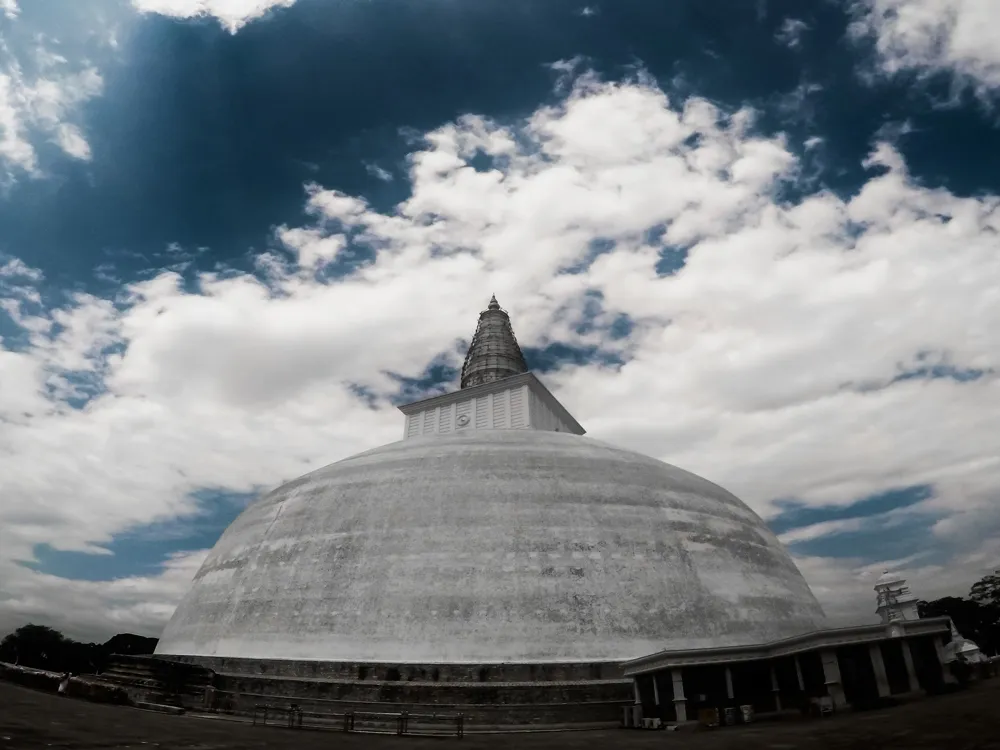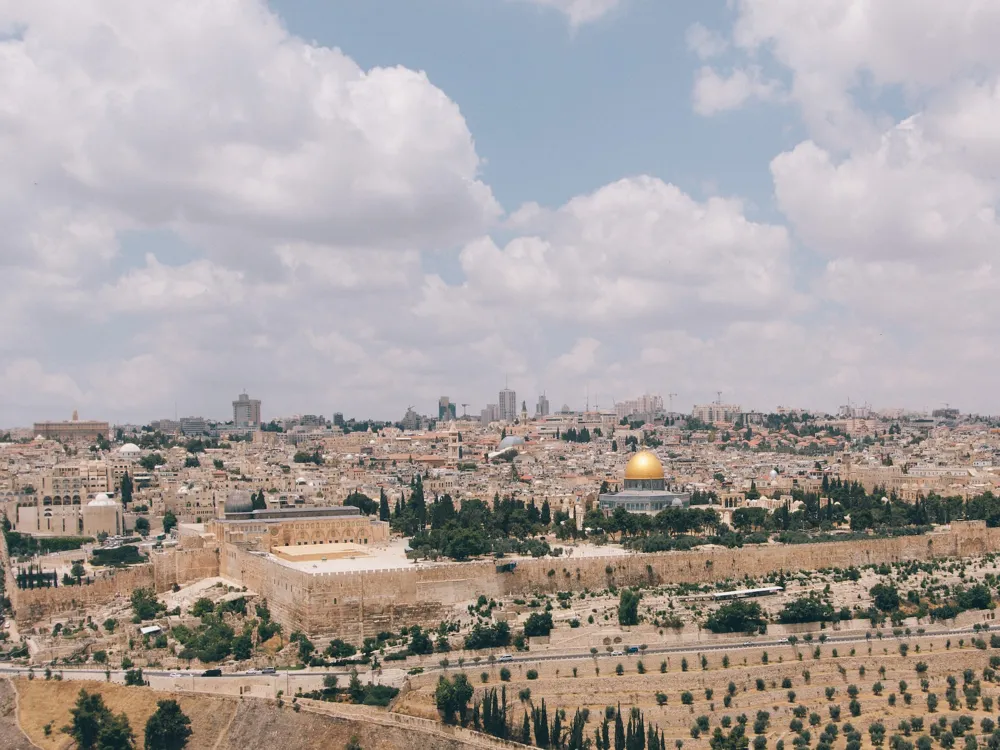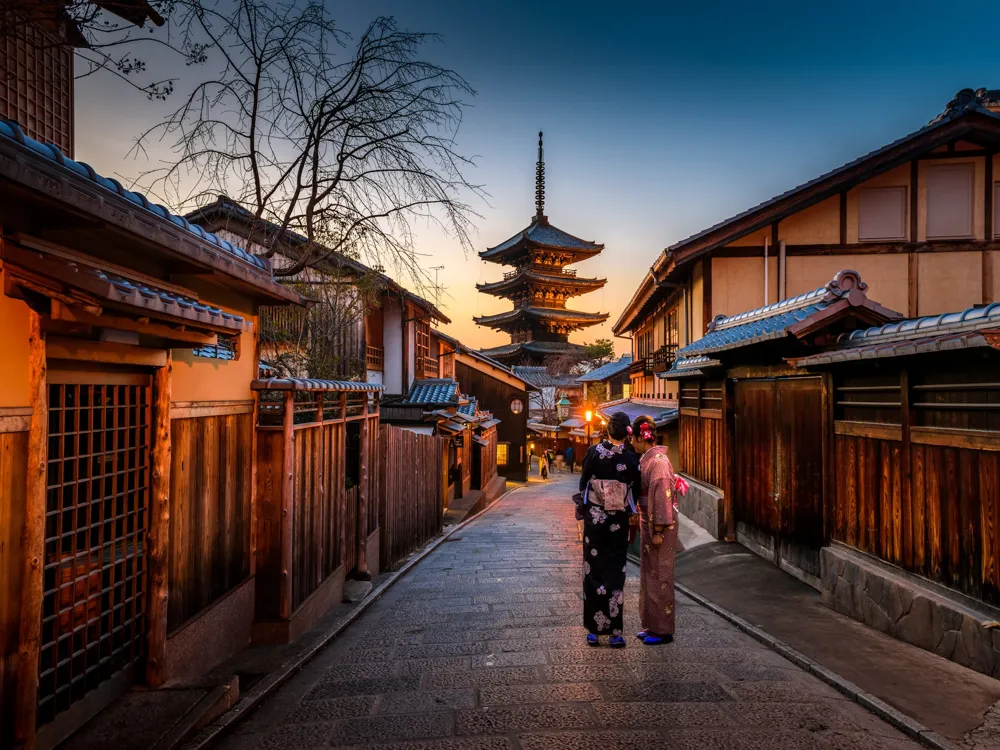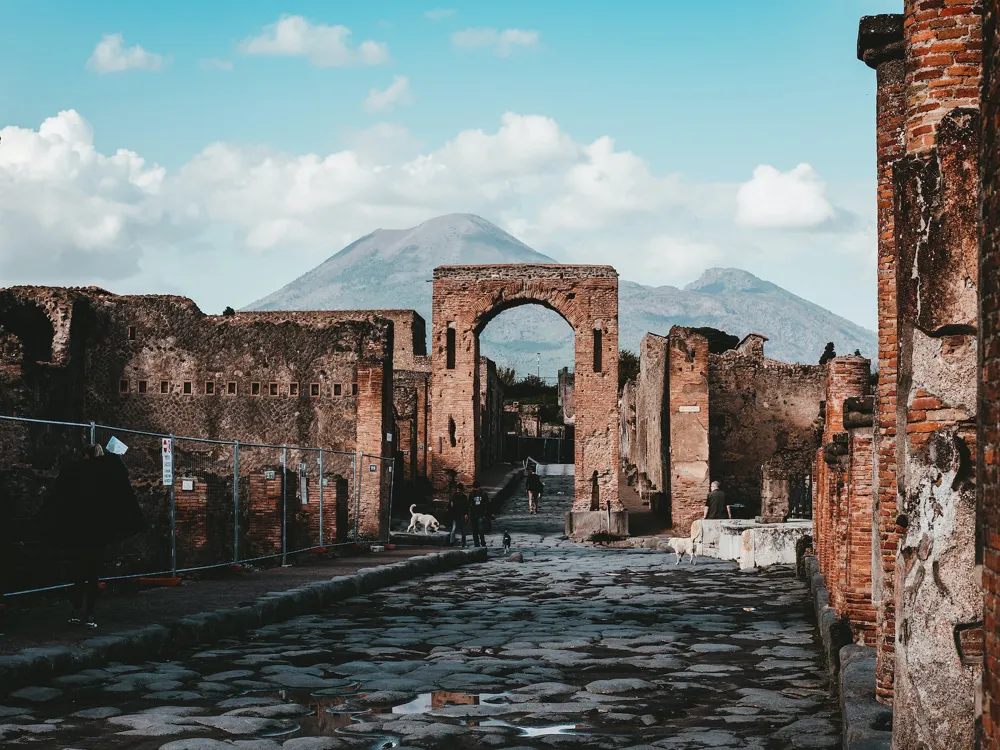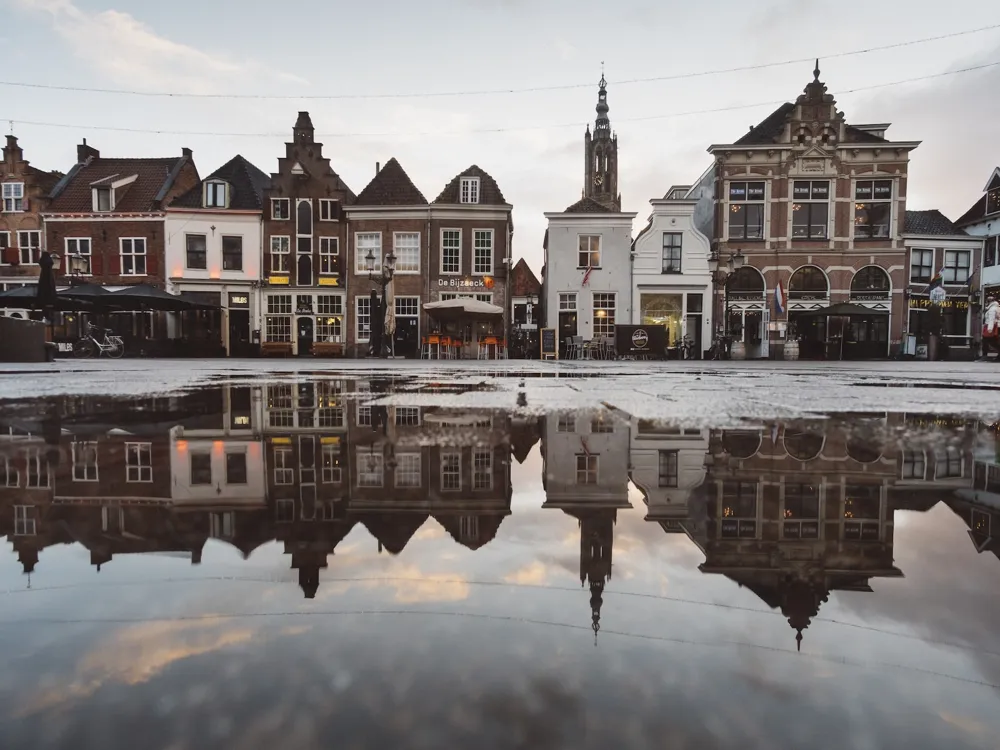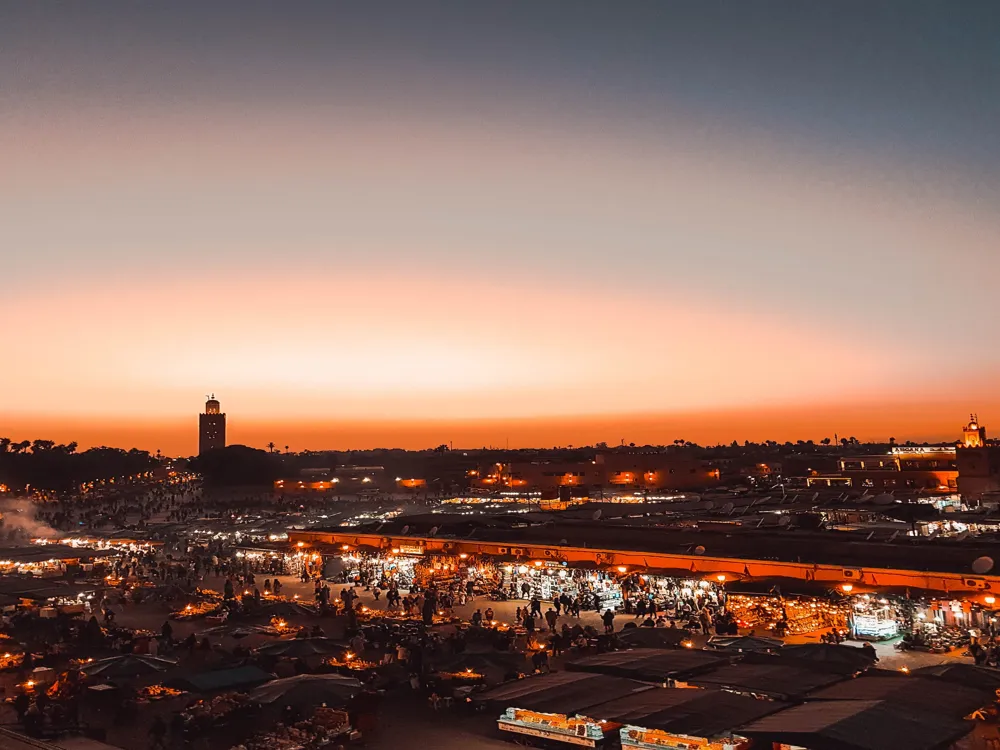Best Time to Visit Kandy
Sri Lanka
7 out of 66 Places to visit in Sri Lanka₹ 13,368 onwards View Packages
Get Customized PackagesThe Land of Diversity
Top Hotel Collections

Private Pool

Luxury Hotels

5-Star Hotels

Pet Friendly
What is the Best Time to Visit Kandy?
Kandy, the cultural heart of Sri Lanka, beckons travelers with its rich history, vibrant culture, and breathtaking landscapes. Choosing the right time to visit this enchanting city is crucial for an unforgettable experience. The best time to visit Kandy largely depends on your preferences and the kind of experience you seek.
More about the Best Time to Travel to Kandy
Travel Peak Season in Kandy
Peak season in Kandy spans from December to February when the weather is pleasantly cool and dry. During this period, the city comes alive with various cultural festivities, including the renowned Esala Perahera, a grand procession showcasing traditional dances and adorned elephants. To make the most of your visit during this time, it's advisable to plan well in advance, as accommodations tend to fill up quickly.
Travel Offseason in Kandy
Offseason in Kandy, from June to August, offers a different charm with occasional rain showers. While the city is less crowded, this period allows you to explore the lush greenery and witness nature at its best. The affordability of accommodations and fewer tourists provide a more serene atmosphere for those seeking a tranquil getaway.
Kandy Travel Packages
View All Packages For Kandy
Kandy in Shoulder Season
The shoulder season in Kandy, falling in March to May and September to November, presents a balanced blend of favorable weather and fewer crowds. This is an ideal time for budget-conscious travelers who want to experience the city's attractions without the hustle and bustle. The landscapes are still vibrant, and the occasional rain showers only add to the overall charm.
Kandy in Hot Season
Kandy in the hot season, typically from March to May, sees temperatures rise, making it a warm but manageable period to explore. The city's gardens are in full bloom, offering a visual treat for visitors. While the heat may be a consideration, the beauty of Kandy during this time compensates for the warmer temperatures.
Kandy in Rainy Season
During the rainy season in Kandy, from October to December, intermittent showers add a refreshing touch to the surroundings. The city's lush greenery is at its peak during this time, and the rain often gives way to clear skies, providing unique photo opportunities. Travelers with a penchant for photography and a love for the vibrant side of nature may find this season particularly captivating.
Kandy in Cool Season
Kandy in the cool season, from January to February, boasts pleasant temperatures, making it an ideal time for outdoor activities. The city's picturesque landscapes, combined with the comfortable climate, create a perfect setting for exploration. From strolling around the tranquil Kandy Lake to exploring the historic Temple of the Tooth, the cool season enhances every aspect of your visit.
Places To Visit In Kandy
Nearby Places Kandy
Kandy Photos
View All Photos For KandyBrowse Package Collections
Browse Hotel Collections
Faq
Q: When is the best time to visit Kandy?
A: The ideal time to visit Kandy is during the dry season, which typically extends from December to April. This period ensures pleasant weather with lower chances of rainfall, allowing you to explore the city and its attractions comfortably.
Q: What is the weather like in Kandy during the best time to visit?
A: The weather during the best time to visit Kandy is characterized by warm days and cool nights. Daytime temperatures hover around 25-30°C (77-86°F), while evenings can be cooler, especially in the hill country.
Q: Are there any specific events or festivals during the recommended period?
A: Yes, the Esala Perahera, one of the grandest and most famous festivals in Sri Lanka, usually takes place in Kandy during July or August. This vibrant cultural procession is a must-see and adds an extra layer of excitement to your visit during this time.
Q: Are there any drawbacks to visiting Kandy during the best time?
A: While the dry season is generally favorable, it is also the peak tourist season. Popular attractions may be more crowded, and accommodations may be in higher demand. It's advisable to plan and book in advance to ensure a smoother experience.
Q: What should I pack for a visit during the recommended period?
A: Light and breathable clothing for daytime activities, a light jacket or sweater for cooler evenings, comfortable walking shoes, and sunscreen are essential. If you plan to attend the Esala Perahera, consider modest attire as a sign of respect.

